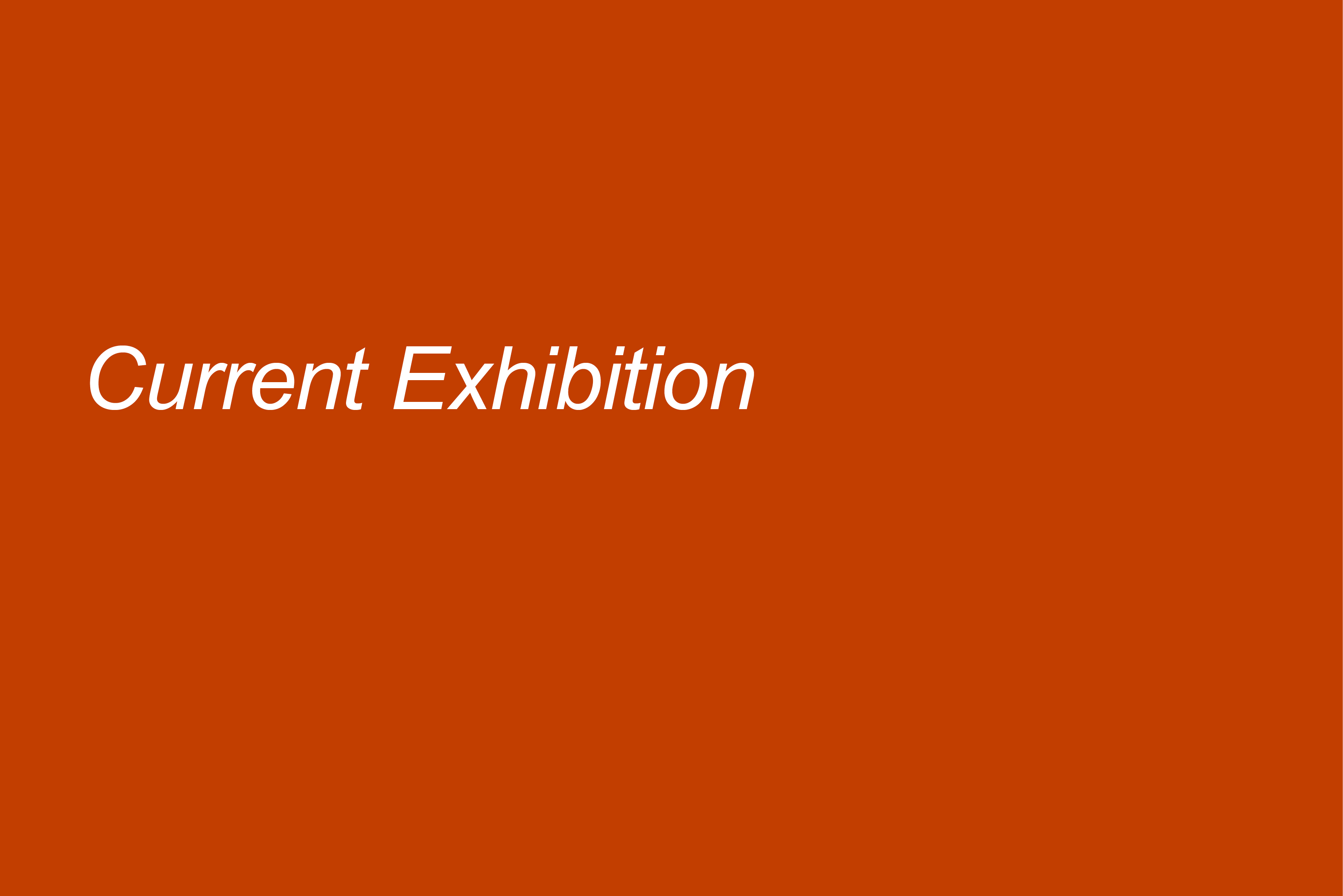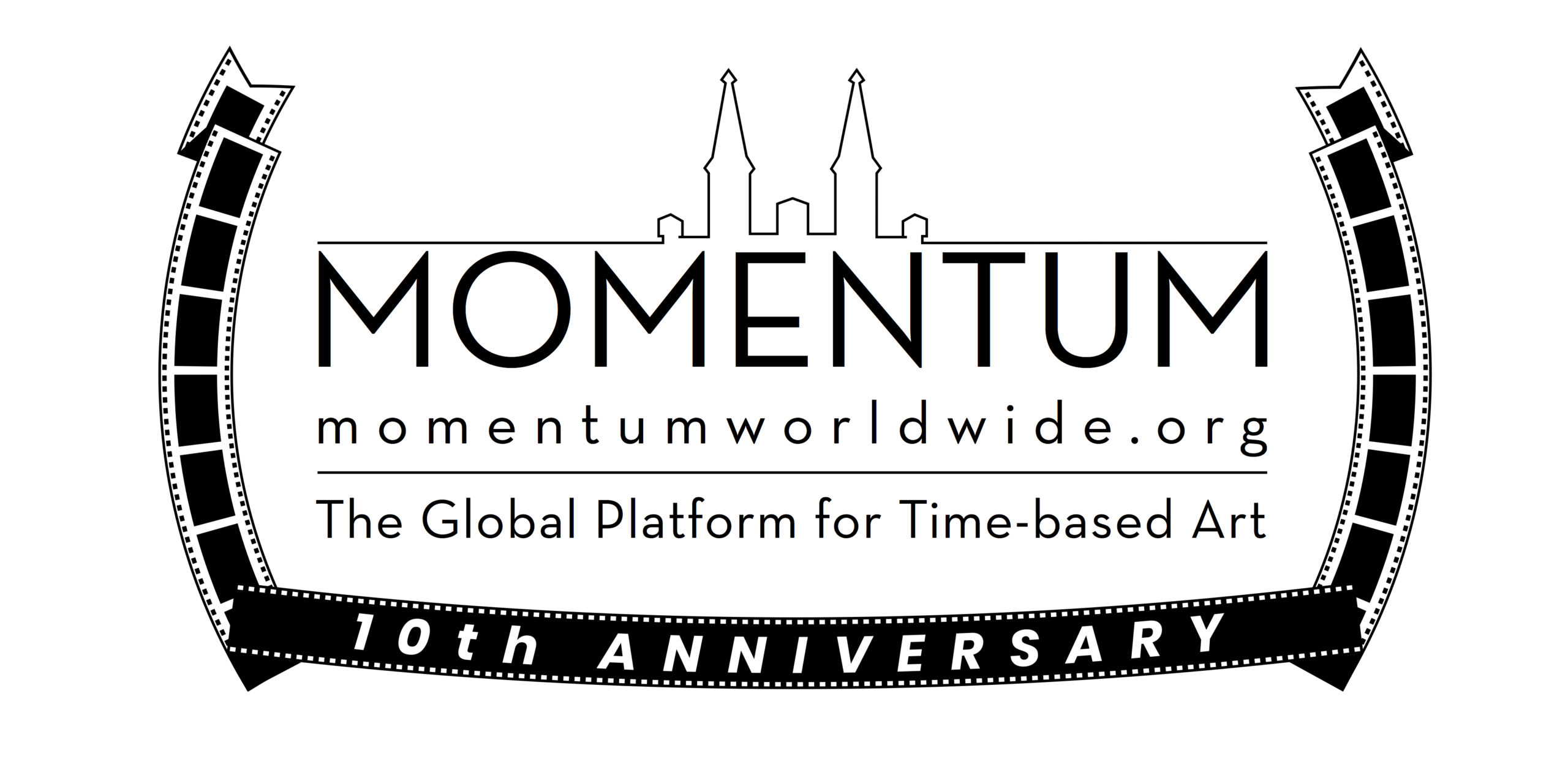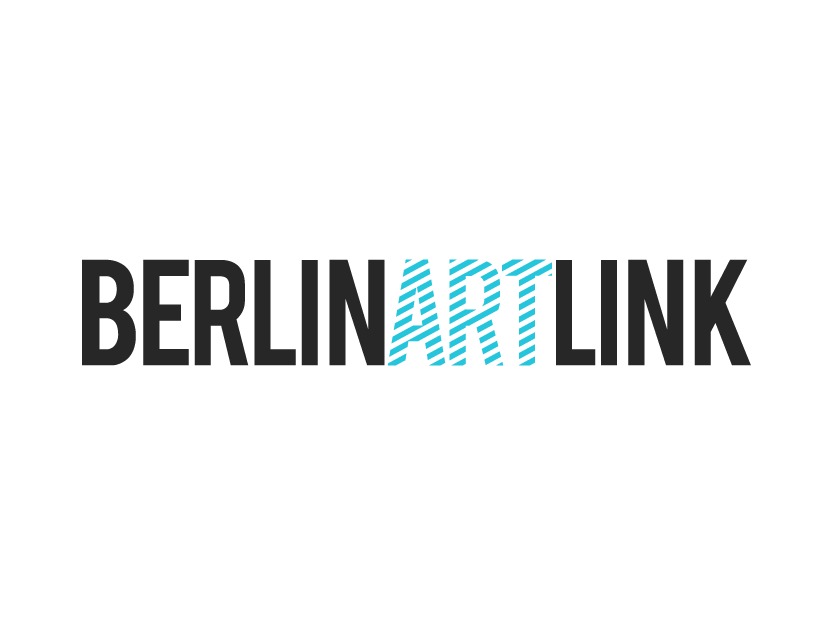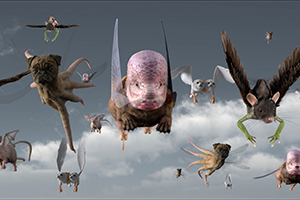
![]()

Launching The
MOMENTUM Channel
on

with
COVIDecameron
19 Artists from the MOMENTUM Collection
Shaarbek Amankul / Stefano Cagol / Claudia Chaseling / Nezaket Ekici
Thomas Eller / Theo Eshetu / Doug Fishbone / Gülsün Karamustafa
David Krippendorff / Janet Laurence / Map Office / Kate McMillan
Anxiong Qiu / Nina E. Schönefeld / Martin Sexton / Varvara Shavrova
Sumugan Sivanesan / Mariana Vassileva / Shingo Yoshida
Curated by Rachel Rits-Volloch & Emilio Rapanà
Watch it on www.ikonotv.art > >
Or scroll down to watch the videos below.
![]()
Taking as its starting point the original COVIDecameron exhibition, created and launched during the first pandemic lockdown in May 2020, we reprise this online exhibition in an extended edition, made during the second wave of lockdowns in the winter of 2020-21 as the online exhibition launching the MOMENTUM Channel on the art film platform Ikono TV. The first edition of COVIDecameron opened to coincide with the 10th Anniversary of the birth of MOMENTUM in Australia in May 2010, as a parallel event to the 17th Biennale of Sydney. This second extended edition of the exhibition opens on Ikono TV in time for MOMENTUM’s 10th Anniversary in Berlin in February 2011.
Ten months after the initial release of COVIDecameron, the eyes and hearts of the world are still locked onto the enduring threats and far-reaching aftermath of COVID-19. MOMENTUM again gathers 19 exceptional artists from its Collection, and invites you to come see their stories on our channel on Ikono TV and on our website. In our newly post-viral world, where we have come to see that we have been moving too fast and maybe moving too much, COVIDecameron asks us to slow down and retreat from the constant barrage of the now, from the oversaturation of events, invitations and offers, from the instant gratification of unending empty entertainments. This exhibition of art from elsewhere is a retreat from which to safely contemplate the world, a way of travelling without traveling. Moving images move us. On the occasion of its 10th birthday in Berlin, MOMENTUM, the Global Platform for Time-based Art, is proud to share 24 exceptional works by artists from its Collection, re-contextualized here through the prism of life at the time of Corona. COVIDecameron is a thank you to the artists who have entrusted their work to us, and a tribute to all the exceptional artists we have worked with over the years, as well as to our audiences around the globe. We wish you all good health in these precarious times.
Addressing the viral times we live in, COVIDecameron takes its title from Boccaccio’s literary classic, The Decameron. We follow in the fabled footsteps of this author, whose ten storytellers flee the plague in Florence; escaping the dangers of disease in the city, they retreat to the countryside to regale each other with tales of their times. Escaping from the world at large, they instead bring the outside world to life in seclusion through the artistry of their storytelling.
Six-hundred-and-seventy years later, at the dawn of a new decade, we find ourselves in the midst of a global pandemic. With one country after another having once again imposed travel restrictions, and with social distancing continuing to be measured in meters, countries, and continents, we are instructed to seek safety in seclusion from the world and from one another. So, like its medieval namesake, and with a defiant wink in the face of COVID-19, COVIDecameron gathers together the ‘visual stories’ of video works by 19 artists from around the globe, for an exhibition online. These artists from Australia, Bulgaria, China, Ethiopia, Germany, Italy, Japan, Kyrgyzstan, Russia, Turkey, the UK, and the US address, each in their own way, a broad array of topics which we have related to the unprecedented anomalies of life in the time of Corona. With social distancing, masks as fashion items, and dubious medical advice from politicians having rapidly become our new normal – and with death tolls continuing to rise in many countries, we all hope will never approach normal – MOMENTUM has combed through its Collection to bring together a selection of works reflecting on the poetry of the day-to-day as it relates to the changing world we inhabit: life leading up to and during COVID-19. Through many voices from many places comes a celebration of otherness; an opening up of the world in these viral times of retreat, a place of safety in which to contemplate the vulnerabilities we all share, and the numerous ways of overcoming them together. The video works assembled for this exhibition celebrate new acquisitions to the MOMENTUM Collection, as well as the works with which MOMENTUM has grown during its first 10 years.
– Rachel Rits-Volloch
|
Doug Fishbone, Artificial Intelligence, 2018 |
|
|
With no disrespect intended to the countless many who are suffering at the hands of Corona, nevertheless, it has been a global phenomenon to laugh in the face of the outbreak. Making light of even the greatest darkness is a better survival mechanism than despair, and in that sense, Doug Fishbone’s Artificial Intelligence (2018) also paints an oddly prescient portrait of our times, assembled from images found online. From food shortages in shops, to wildlife taking over our city streets, to a willful denial of our own mortality in the face of all evidence to the contrary, we all hope this is not how the Corona pandemic will end. |
|
|
Mariana Vassileva, Morning Mood, 2010 |
|
|
But perhaps Mariana Vassileva’s Morning Mood (2010) is how it all began – if we are to believe that the virus originated from bats. Shot in Sydney, Australia, during the very days that MOMENTUM drew its first breaths with its inaugural event in Sydney, this portrait of the city’s remarkable bats already makes the jump between species, inverting the animals to show their inherently human characteristics. |
|
|
Thomas Eller, THE virus – SELBST (C0vid-20-Recovered), 2020 |
|
|
Jumping ahead to the present day, Thomas Eller’s THE virus – SELBST (C0vid-20-Recovered) (2020), was made in the midst of the Corona pandemic, while the artist was in lockdown in China. As so much of Eller’s work, it is a self-portrait, yet at the same time, also an intimate portrait of COVID-19; replicating in its form and content the biological basis of the virus. Eller projects himself into the frame in a visually and aurally layered palimpsest. The artist re-duplicates himself, again and again, with each of his copies reciting the complete genetic code of one of the first strains of the SARS-CoV2 virus identified in Wuhan, where the COVID-19 outbreak began. But Eller makes mistakes in the code, scrambling the RNA sequence here, dropping a nucleotide there…. The artist has translated into visual language an approximation of how the virus replicates itself, spreading its genetic information through multiplication, and through mistakes from copy to copy, mutating to create new strains. While the virus ceaselessly copies itself, we hide from it, and from each other. We distance, socially, and wait for a scientific breakthrough, hoping that science will win this race against nature. We should be so lucky if the virus simply stops, as Eller does, and goes away. |
|
|
Nina E. Schönefeld, N.O.R.O.C.2.3., 2020 |
|
|
Nina E. Schönefeld’s N.O.R.O.C.2.3 (2020), also made during the Corona lockdown, but in Berlin, is a dark depiction of our current pandemic times, cast in the guise of dystopian science fiction. Drawing on excerpts of her previous work, together with historical quotations, passages from novels, television series, films, political speeches, stock footage, video portraits and media reports from different periods of history, N.O.R.O.C.2.3 is a narrative video collage that takes the pulse of a pandemic in the digital age. |
|
|
Shingo Yoshida |
|
|
Moving on from Schönefeld’s sci-fi is Shingo Yoshida’s stark – but equally dystopian – reality. Heathrow Airport: Corona Diary (2020) was shot at the end of April, while the artist was en-route to his native Japan, when many countries worldwide were still in lockdown. Traversing endless escalators and moving walkways from one empty hall to another, the artist glimpses birds flying through deserted terminals, safety announcements made for no one, advertising posters rendered oddly inappropriate in a time of social distancing. This record of an unprecedented present is shown alongside The Summit (2020), another of Yoshida’s recent works. Yoshida’s ghostly journey through an abandoned monument to globalization, is set in contrast to an intergenerational journey to the peak of Japan’s monument to nationhood, as Yoshida brings to life his father’s and grandfather’s dream to place an engraved haiku atop Mount Fuji. |
|
|
Heathrow Airport: Corona Diary, 2020 |
|
The Summit, 2020 |
|
Map Office |
|
|
The Hong Kong artist duo Map Office embark upon a different kind of personal journey in the midst of this century’s first major viral outbreak, SARS. In Viral Operation (2003), the artists, having flown to Berlin from a Hong Kong still ravaged by the SARS epidemic, proceed on a road trip with the aim of crossing as many European land borders as possible on their way to Italy to show their work in the Venice Biennale. Wearing masks throughout the journey, they are treated continuously as suspect Others, potential contaminants. The mask, in Asia often worn as a social nicety, here becomes a dangerous symbol of contagion. And now, 17 years down the line, when we are all wearing masks and borders between countries remain closed, we look back at Viral Operation as a social experiment, prefiguring what was to come. While in Runscape (2010), Map Office chronicle the kind of freedom of movement which, under our current pandemic conditions, has been denied to many around the globe who have been restricted to lockdown in the interests of public health. The narration describing the body as ‘a bullet which needs no gun’, assumes a newly dark undertone in view of today’s repeated warnings of the deadly spread of the virus from person to person. Running the city to map its portrait and redefine its uses of public space, could equally be an elegy to physical communication through space, a right which most of us took for granted before Corona. |
|
|
Viral Operation, 2003 |
|
Runscape, 2010 |
|
Nezaket Ekici |
|
|
In her own elegy for the freedoms of travel, On The Way Safety and Luck (2016), Nezaket Ekici reimagines a farewell ritual which was once commonly practiced in Turkey and many Balkan countries, where friends and family gather to throw water after the vehicles of the departed, so that their journey may flow as smoothly as water. Ekici’s radical re-enactment of this custom, seen through the lens of Corona-times, implies a purification more physical than spiritual, as people around the globe are instructed to soak and scrub to disinfect themselves after every journey outdoors. |
|
|
Shaarbek Amankul |
|
|
While western medicine has so far failed to find a viable vaccine or cure, it is perhaps time to turn to the ancient shamanistic traditions of other cultures. In Duba (2006) and Sham (2007), Kyrgyz artist Shaarbek Amankul gives us an intimate portrait of cleansing rituals performed by shamans, with the trances, incantations, cries, and grunts, that seem so alien to most of us. Yet in cultures where many still do not trust in science, it can be hoped that faith in alternative forms of healing will safeguard against the ravages of our viral times. |
|
|
Duba, 2006 |
|
Sham, 2007 |
|
Theo Eshetu, Festival of Sacrifice, 2012 |
|
|
Faith is equally the subject of Theo Eshetu’s Festival of Sacrifice (2012), depicting another ancient cultural tradition, the celebration of Eid-ul-Adha, the Islamic Festival of Sacrifice. Turning the ritual itself into a trance, the video recreates, through its multiplication of images, the kaleidoscopic patterns that highlight the spiritual aspect of the event. Eshetu here manages to create aesthetic beauty from images of ritual slaughter. |
|
|
Kate McMillan |
|
|
Kate McMillan’s Paradise Falls I & II (2011/2012) is a different kind of tribute to the disappeared, to the forgotten sites of distant traumas, to the frailty of personal and historic memory. Drawing parallels between physical and psychological landscapes, McMillan has created moving paintings where ghost-like people flicker in and out of existence, as symbols of fractured and partial histories that disappear from focus, yet can continue in our collective psyche as dark and haunting traumas. Seen now, from the epicenter of our global viral crisis, this begs the question of how, eventually, will we look back upon, and remember, the time of Corona? |
|
|
Paradise Falls I, 2011 |
|
Paradise Falls II, 2012 |
|
Gülsün Karamustafa, Personal Time Quartet, 2000 |
|
|
But while we remain in its midst, Gulsun Karamustafa’s 4-channel video installation and soundscape, Personal Time Quartet (2000), intended as a portrait of the artist’s childhood, instead now paints a picture of how many of us have felt during lockdown, stuck indoors and perpetually repeating the same domestic tasks. |
|
|
Stefano Cagol, National Pride, 2009 |
|
|
While Stefano Cagol’s National Pride (2009) turns a clip from Virus, a 1980 apocalyptic sci-fi film, into an audiovisual parable for our times. Transforming the filmic pandemic of the Italian Flu into a wider reflection on influenza, influence, and borders, this capricious work fits firmly into Cagol’s ongoing series of FLU projects; a body of work dating back to 1998 and the first Bird Flu outbreak in Asia in 1997. |
|
|
Claudia Chaseling, Murphy the Mutant, 2013 |
|
|
Claudia Chaseling’s Murphy the Mutant is apocalyptic sci-fi grounded in the harsh reality of the environmental devastation of nuclear waste and munitions. Dealing with the nuclear chain leading to the radioactive contamination of depleted uranium and its toxic aftermath, Murphy the Mutant transposes into a paradoxically sweet atomic allegory the horrific aftermath of the way we wage war in the modern world. While we remain immersed in the terrible aftermath of COVID-19, Chaseling addresses another kind of insidious invisible killer: radiation and its repercussions. |
|
|
Sumugan Sivanesan, Children’s Book of War, 2010 |
|
|
Equally capricious is Sumugan Sivanesan’s A Children’s Book of War (2010), which uses the lighthearted visual languages of animation, computer games, and digital media in a jarring conjunction to address the serious topics of war, sovereignty, and violence. As the experience of the outside world has been for many, during lockdown, restricted to their computer screens, Sivanesan’s dense visual collage of cultural references and Australian colonial history becomes that much more topical today in view of Australia having closed its borders for at least another year in order to safeguard itself from the virus. Herein lies the beauty of distance in pandemic times. |
|
|
Martin Sexton |
|
|
Martin Sexton’s Bloodspell at first appears to be a travelogue constructed from grainy home videos, only to turn into a transcendental journey into science fiction. Sexton’s works are filmed in the past, screened in the present, and bear portents from the future. Is it a UFO we see hovering above the Mayan temple, or is it something closer to a viral form, waiting for its moment to strike? The temporal and narrative ambiquities persist in Martin Sexton’s Indestructible Truth, intercuting historic footage of Tibet with quotations from Carl Jung, culminating in a UFO hovering over the Tibetan temples. Will we some day look back upon this time of Corona with the wonder of science fiction brought to life? Hollywood has been predicting pandemics for decades. Is art mirroring life, or vise-versa? |
|
|
Bloodspell, 1973-2012 |
|
Indestructible Truth, 1958/59-2012 |
|
Qiu Anxiong, Cake, 2014 |
|
|
In another multi-faceted animated work, Qiu Anxiong’s Cake (2014), combines painting, drawing and clay with a discordant soundtrack of mechanical noises to offer a timeless and exquisitely crafted contemplation on the past, the present, and the relationship between the two. With heart-rate monitors, sirens, and police radio scanners running throughout the soundtrack, and images of wrestlers rendered in a variety of media, this work can be read as particularly emblematic of the struggles of our viral times. |
|
|
Varvara Shavrova, The Opera. Three Transformations, 2010-16 |
|
|
As an artistic analogy for the dramas of our global crisis, the artform of opera can perhaps best capture the heartaches, the soaring emotions, the uncertainties of daily life, both the lack and the overabundance of information, families torn asunder, jobs in peril, relationships strained, nerves fraying, heroines dying alone in attics, and yes, also the joyous moments, the times of calm, the space for contemplation as the world slows down and the music grows softer. Varvara Shavrova’s The Opera. Three Transformations (2010-2016) takes an intimate look at the performers behind the spectacle and the masque of Chinese opera. |
|
|
David Krippendorff, Nothing Escapes My Eyes, 2015 |
|
|
So too does David Krippendorff’s Nothing Escapes My Eyes (2015) take us on an intimate journey through identity and history. Krippendorff’s time-warping tribute to a changing world poses a fitting way to round off this exhibition, as a would-be Aida, to a moving soundtrack from the eponymous opera, sheds tears for a place and time which no longer exist. COVID-19 has changed our world forever. It has left gaping holes in the hearts of all those who have lost loved ones. It has impoverished those who were prevented from working, or who had to pay for medical care. Yet it has also witnessed a remarkable outpouring of creativity, good will, and good humor as people around the world try to cope, both in their own ways and communally, with the changing world in the time of Corona. What will be our new normal in post-pandemic times? |
|
|
Janet Laurence, Vanishing, 2009/10 |
|
|
COVIDecameron ends with the meditative soundtrack of deep breathing, snuffling, purring, rumbling, accompanied visually by close-ups of various animals as they inhale…exhale…inhale…exhale. Its not just us humans – the animal kingdom is also at risk from this pan-species pandemic. Janet Laurence’s Vanishing (2009/10) reminds us what COVID-19 has made so strikingly manifest – the most important thing is to keep breathing. |
|
 |
|


 Back to Index
Back to Index

